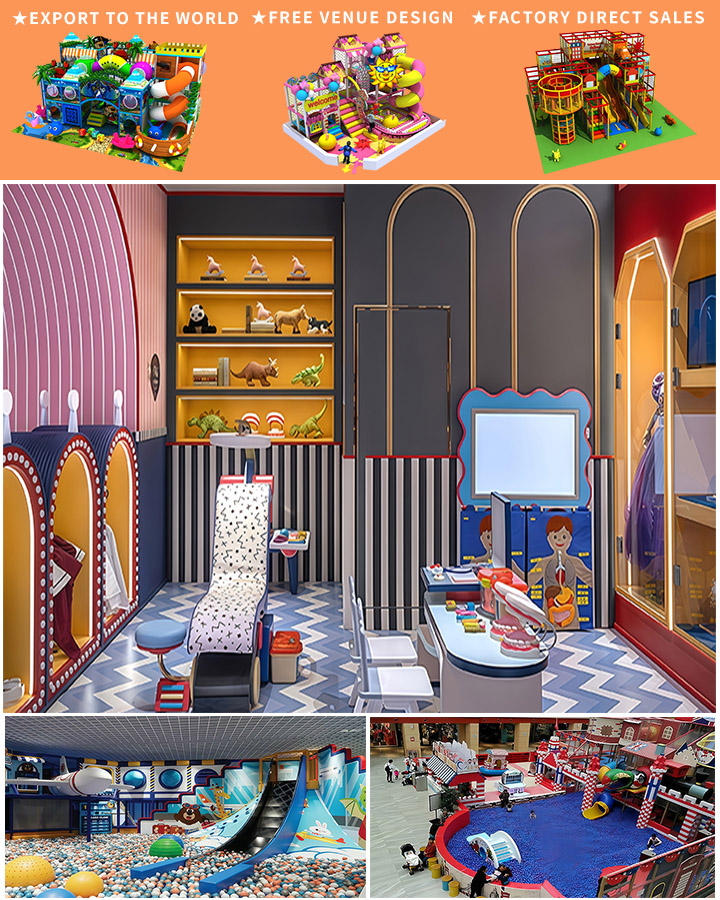In the ever-evolving world of children’s entertainment, mobile child play centres have emerged as a convenient and dynamic solution. These indoor mobile playgrounds offer numerous benefits but also come with specific requirements to ensure safety, engagement, and overall success. This article delves into the essential aspects that should be considered when setting up an indoor mobile playground.
1. Safety First
Safety is paramount in any child-friendly environment, and a mobile play centre is no exception. The equipment used must meet rigorous safety standards to prevent injuries. All materials should be non-toxic and free from harmful chemicals. Additionally, the equipment should be sturdy and designed to minimize sharp edges or points that could cause harm. Regular inspections and maintenance are essential to keep the playground safe for continuous use.
2. Age-Appropriate Activities
The target age group for the mobile play centre will largely dictate the type of equipment needed. For toddlers, soft and cushioned play areas with low-risk activities are ideal, while older children might enjoy more physically engaging and challenging structures like climbing frames or obstacle courses. Ensuring a range of age-appropriate activities will keep children of various ages entertained and engaged.

3. Space Efficiency
Since a mobile play centre operates in different locations, it’s crucial to maximize the use of available space. Compact, multifunctional equipment that can be easily assembled and disassembled is highly advantageous. Equipment like inflatable bounce houses, foldable slides, and modular play structures can be excellent choices. Effective space planning ensures that the play area remains both expansive and safe for the children.
4. Hygiene and Maintenance
Given the enclosed nature of an indoor mobile playground, maintaining hygiene is critical. Surfaces should be made of materials that are easy to clean and sanitize regularly to prevent the spread of germs. High-touch areas such as handrails, mats, and interactive elements need to be cleaned frequently. A clear protocol for cleaning and maintenance should be established and strictly followed.
5. Engagement and Education
An indoor mobile play centre should not only be a place for physical activity but also foster cognitive and social development. Interactive elements such as educational games, puzzles, and themed play areas can stimulate learning and creativity. Incorporating sensory play items can also provide diverse experiences that cater to different developmental needs.
6. Flexibility and Customization
One of the unique advantages of a mobile play centre is its flexibility. The ability to customize the play area according to the venue and the specific needs of the event can set your play centre apart. Offering customizable packages allows for a tailored experience that can include branding opportunities for corporate events or personalized themes for private parties.
7. Regulatory Compliance
Finally, adhering to local regulations and industry standards is non-negotiable. Depending on the region, there may be specific codes and guidelines that govern the operation of mobile playgrounds. Ensuring compliance not only avoids legal issues but also builds trust with parents and event organizers who rely on your services.
Conclusion
Setting up a successful indoor mobile play centre involves careful planning and attention to detail. By focusing on safety, age-appropriate activities, space efficiency, hygiene, engagement, flexibility, and regulatory compliance, you can create a dynamic and appealing environment for children. Investing in high-quality, versatile equipment and maintaining strict operational standards will help establish your mobile play centre as a trusted and enjoyable destination for families and events alike.




